Monarda citriodora, Lemon Beebalm
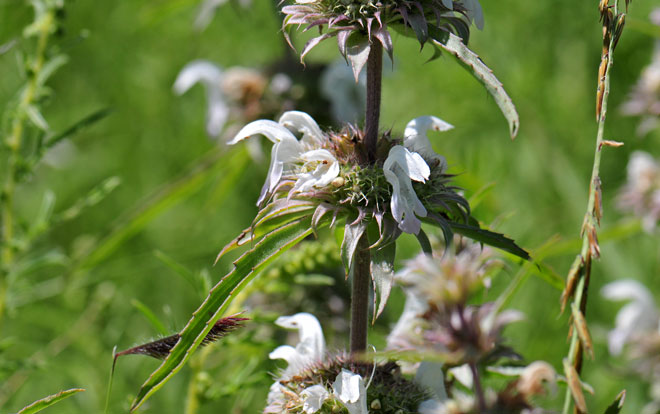
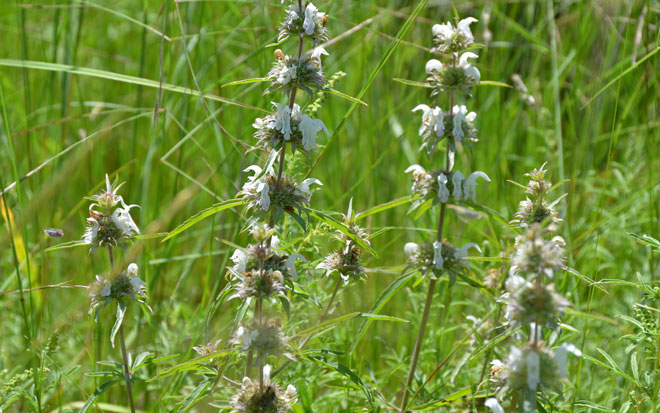
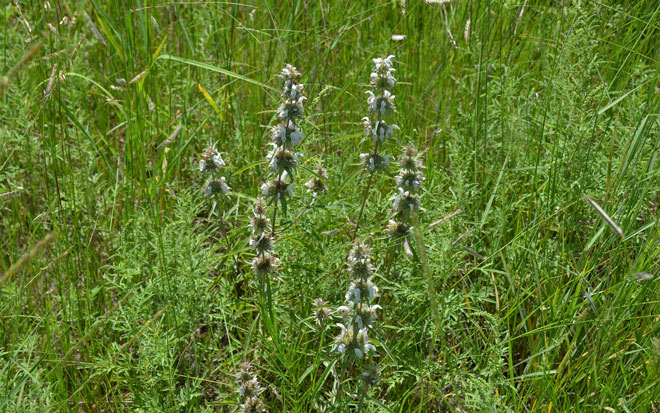
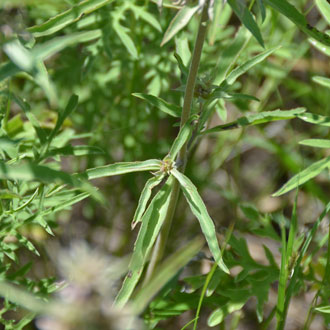
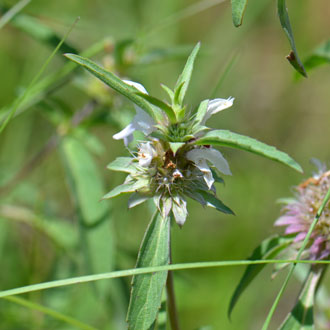
Scientific Name: Monarda citriodora
Common Name: Lemon Beebalm
Also Called: Beebalm, Horsemint, Lemon Horsemint, Lemon Mint, Plains Horsemint, Purple Lemon Mint, Purple Horsemint
Family: Lamiaceae or Mint Family
Synonyms: (Monarda austromontana, Monarda citriodora var. austromontana)
Status: Native
Duration: Annual, biennial or perennial.
Size: Up to 2 feet tall or more (3).
Growth Form: Forb/herb; multiple stems erect from base.
Leaves: Green; leaves paired, lanceolate, mildly dentate.
Flower Color: Lavender to pink to whitish-pink; flowers in whorled inflorescence, flowers subtended with bracts useful in species identification.
Flowering Season: May, June, July and later with sufficient rainfall.
Elevation: 4,000 to 8,500 feet.
Habitat Preferences: Mesas, slopes, prairies, meadows; often in grasses, prefers alkaline soils.
Recorded Range: Lemon Beebalm is found mostly in the south half of the United States in; AL, AR, AZ, FL, GA, IL, KS, KY, LA, MO, MS, NE, NM, OK, SC, TN, TX and UT. It is also native to north and central Mexico.
North America & US County Distribution Map for Monarda citriodora.
U.S. Weed Information: No information available.
Invasive/Noxious Weed Information: No information available.
Wetland Indicator: No information available.
Threatened/Endangered Information: No information available.
Genus Information: 17 species in Monarda throughout North America south to Mexico. 3 species in Arizona and California.
2 sub-species and 2 varieties in Monarda citriodora
Monarda citriodora subsp. austromontana, Lemon Beebalm (AZ, NM);
Monarda citriodora subsp. citriodora, Lemon Beebalm (Recorded Range above);
Monarda citriodora var. citriodora, Lemon Beebalm (Recorded Range above);
Monarda citriodora var. parva, Lemon Beebalm (TX only).
Comments: Lemon Beebalm is a popular landscape plant for its attractive flowers and ease of growth. It is an important species for butterflies, bees and hummingbirds. When the leaves or stems are crushed it has a citrus-like fragrance similar to lemons. Others describe the odor as similar to that of oregano.
See ethno-botanical uses for Monarda citriodora Native American Ethnobotany, University of Michigan, Dearborn.

